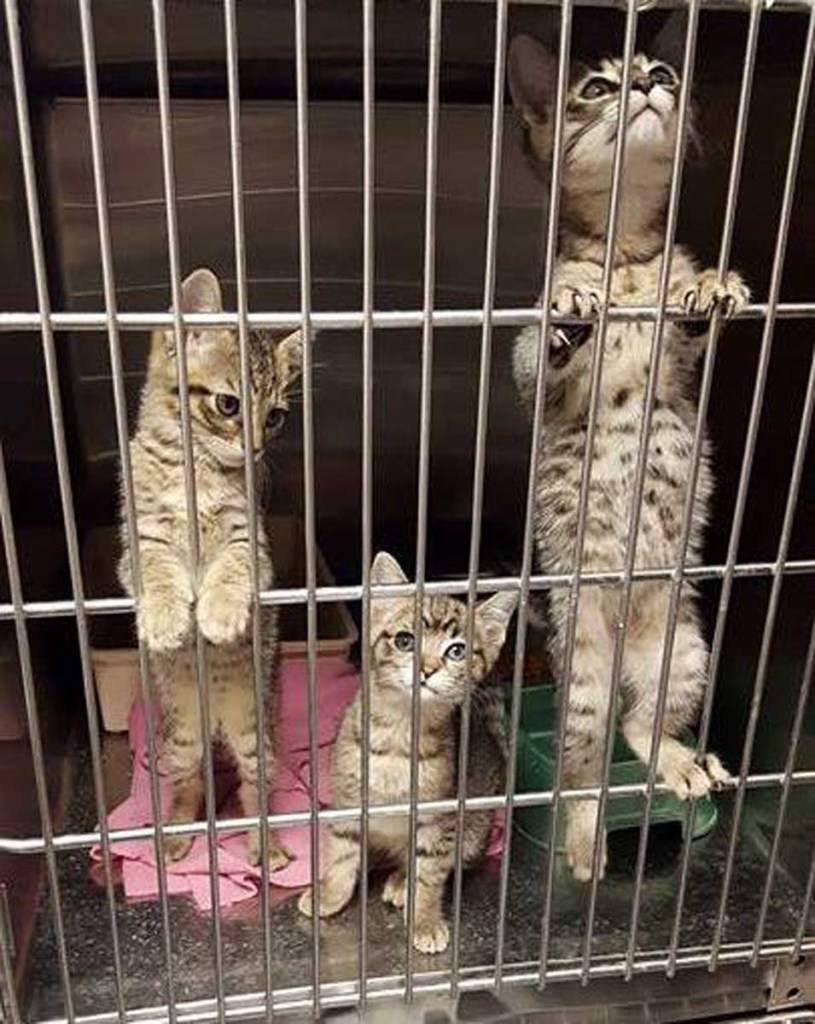Strategizing a solution
Published 4:45 pm Wednesday, January 11, 2017

- Kittens
St. Clair County is filled with unwanted animals. Whether old or young, canine or feline, local animal shelters see thousands of homeless animals pass through their door each year.
The Pell City Animal Control Center (PCACC) is fighting to fix that.
At the Jan. 9 city council meeting, the Pell City Council approved a new ordinance in regards to the shelter’s adoptable animals. The ordinance mandates that animals will be altered as they leave the shelter.
One of the main issues that leads to overpopulation is pet owner’s resistance to altering, through neutering or spaying, their animals. Those animals go on to breed with others, which leads to a litter of animals that the owners may not want to care for. Those litters often end up abandoned at shelters.
When the sheltered animals are adopted, sometimes those owners don’t get them fixed, creating a cycle of unwanted animals.
One way to lower the number of animals without a home is to have sheltered pets altered before they are adopted out of the shelter.
This is a fact that PCACC is aware of and has been a goal for the shelter since they took over the operation in September of 2015.
“The long-term goal has been to provide alteration of animals,” City Manager Brian Muenger said. “My goal is to make it as accessible as possible for these animals to get into homes.”
This decision comes after the shelter has seen over 4,500 animals comes through it’s door since acquiring the shelter responsibilities. According to the director of the shelter, Shannon Van Scoy, the shelter has seen as many as 50 animals come in on one day.
“We have people drop off litters of puppies or kittens during the night, and we’ll come in to work to eight new animals,” Van Scoy said.
According to Van Scoy, the timing of the new ordinance could not be better.
“We see a spike of animals brought in after the holidays,” Van Scoy said. “You have people who breed animals to sell for Christmas gifts or extra money. Being able to cut back on unfixed animals that are in our area could make a big difference in the number of unwanted animals we get.”
Implementing this plan does not mean the end for the low-cost spay and neuter certificates. Those will still be offered for as long as the city is able to, according to Muenger. The city’s goal has always been to make provisions for alteration at the point of adoption, but as a bridge measure, the City initiated a partnership with the Alabama Spay/Neuter Clinic in November of 2015, which allowed adopters access to discount spay/neuter certificates.
“That partnership has been fantastically successful, we’ve sold over 750 certificates thus far,” Muenger said. “We intend to continue its partnership with Alabama Spay and Neuter, both as stand-alone certificates and as an option for adopters.”
Muenger said that he had met with local veterinarians to assist with the implementation of the new adoption procedure, and the proposal had been met with overwhelming support. The partnership among the City and local veterinarian clinics made the new ordinance possible, as all parties work to reduce the number of unwanted animals throughout the region.


